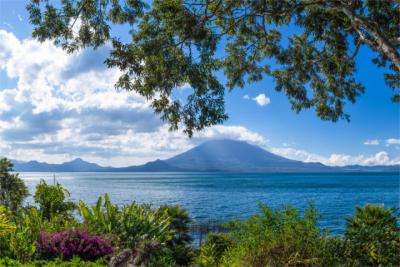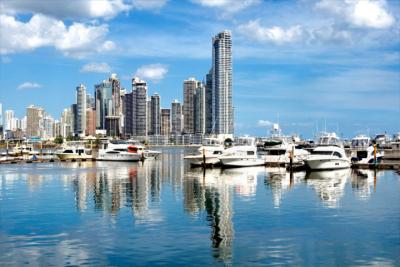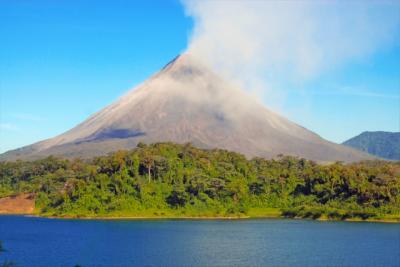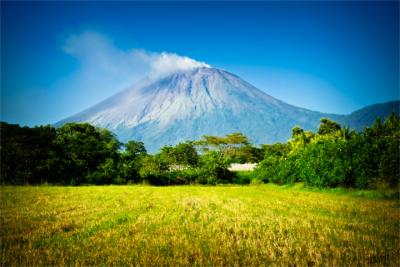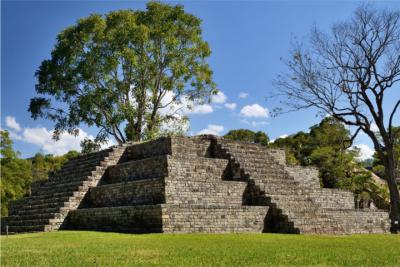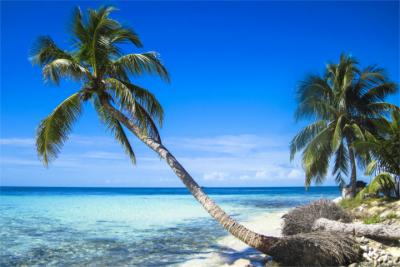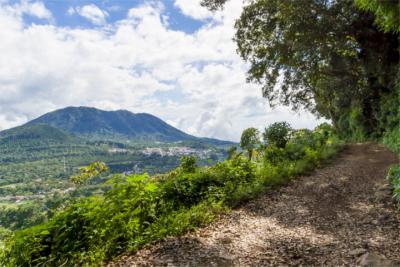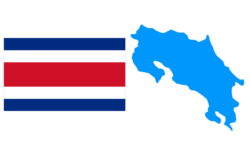Travel Offers
Travelmyne Featureprint
Distance
Costa Rica - A Tropical Latin American Paradise
Costa Rica is one of the most highly developed country's in Latin America. Besides its culture, the vast and magical nature is of particular interest. Green jungles, steaming volcanoes and bubbling geysers dominate the typical scenery and are the pride of the local ticos.
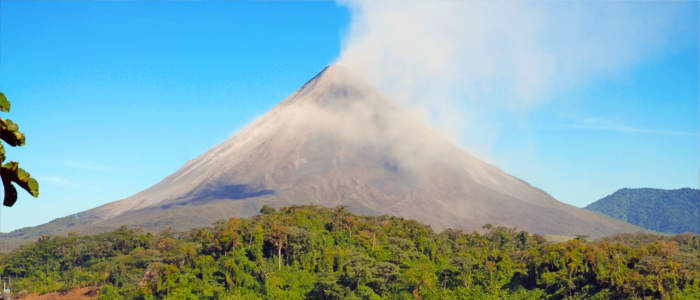
Geography - Between the Pacific Ocean and the Caribbean Sea
The Central American country of Costa Rica lies between Nicaragua and Panama and borders on the Pacific Ocean in the west as well as on the Caribbean Sea in the east. It is divided into the seven provinces of Alajuela, Cartago, Heredia, Limón, Puntarenas and the capital of San José. These provinces are again divided into dozens of cantons. The climate in Costa Rica is tropical and there are two seasons: the dry period from November to April and the rainy season from May to October. The average daily temperature is about 22 °C throughout the year. It is slightly hotter at the coast with 30 °C on average. Humidity is extremely high, especially during the rainy season, and it is very stuffy. The hurricane season lasts from July to October.
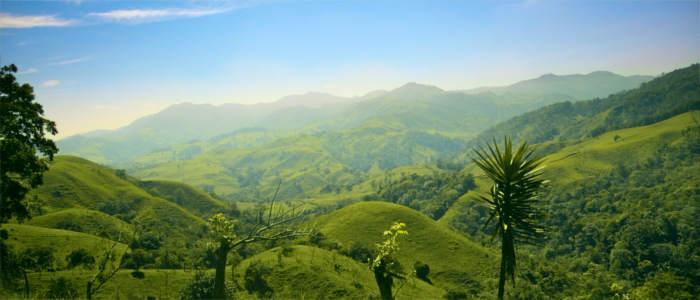
Nature - The volcanic country in Central America
Green jungles, bubbling volcanoes, marshy landscapes, lagoons, coral reefs and bays - Costa Rica is rich in natural beauty and variety. Therefore, it is not surprising that 27 percent of the country's area are protected. National parks, biosphere and Native American reserves characterise the scenery. Particularly prominent formations are the active volcanoes. Altogether there are over 70 dead and active ones. The best-known examples are the Arenal Volcano, Poás Volcano, Irazú Volcano and Rincón de la Vieja. The latter accommodates strange acid lakes, geysers and fuming mud pools. Besides the steaming and red-hot craters, the rainforest plays a major role in the tourism industry. A large proportion of the jungle is still unexplored. Therefore, the country's inhabitants place value on sustainable and environmentally friendly tourism. The highest peak is the Cerro Chirripó with 3,819 metres of height. This mountain can be visited too. Apart from thousands of orchids and bromeliads, cheeky toucans and colourful parrots populate the forests in the mountainous regions. You see great turtles at the beach and dolphins in front of the coast.
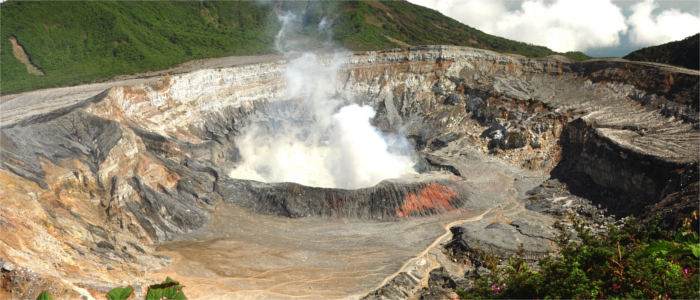
Natural sights - Below a canopy of leaves
The ascent of a volcano is one of the main highlights on a trip to Costa Rica. In fact, the country is one of the most active volcanic country's on earth. A particularly lively example is Arenal Volcano. Until 1937, it was considered a conventional mountain by the locals up to the point when it suddenly spouted smoke, fire and rocks. Since then, the volcano assumes a red-hot colour every night and attracts great numbers of spectators. You can also visit the adjacent national park and the crater lake. Another natural attraction is the Monteverde Cloud Forest Reserve. The native forest displays the country's characteristic flora and fauna. Visitors can marvel at the orchids and trees on educational and hiking trails. In addition, the forest contains the Butterfly Garden with dozens of beautiful types of butterflies. The Skywalk along the great suspension bridges at a height of 40 metres is highly recommended. The air is less stuffy up here and travellers have a fantastic view of Costa Rica's jungle. Young and grown-ups lovers of nature enjoy the exciting and safe tree trail, which is about half a kilometre long.
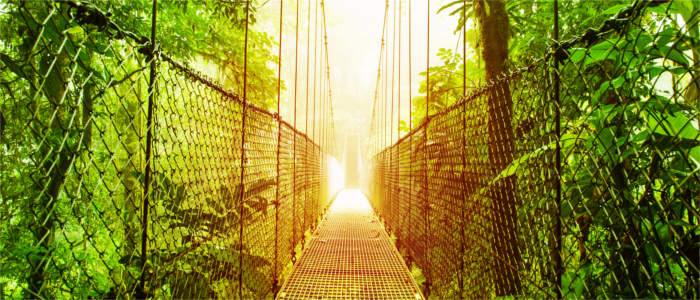
Culture - In the country of the ticos
The present-day territory of Costa Rica was probably first settled 8,000 years BC. About 400,000 people lived here before the Europeans arrived. In 1502, Christopher Columbus arrived at the Atlantic coast and declared the area a Spanish colony. He called the country "Costa Rica" ("rich coast") because the Spanish hoped to find a lot of gold in their new territories. Unfortunately, the region is extraordinarily poor in natural resources, which is why the Spanish quickly lost interest in it. However, the native inhabitants only regained independence in 1821. Today, Costa Rica is one of the most highly developed nations in Latin America. The nickname "Central America's Switzerland" refers to the declaration of a "perpetual, active and unarmed neutrality" in 1983. The country's inhabitants are called ticos by their neighbours and have adopted this diminutive form to refer to themselves. They are considered friendly, respectful and open. Holidaymakers will get along best if they do not insist on punctuality.

Cultural sights - The National Theatre and sugar cane
There is a lot to discover in Costa Rica, especially in the capital of San José. The city's full name is "Villa Nueva de San José" and it contains the marvellous National Museum and the beautiful National Theatre. Nearby you find the neo-Gothic church of La Merced from the 19th century, the Simón Bolívar Metropolitan Park, the Basilica of Los Angeles in Cartago and the Caribbean wooden houses in the district of Barrio Amón. Besides the capital, there are several other beautiful towns which are worth a visit. Alajuela's town centre is vegetated by palms and mango trees and Puntarenas accommodates a breeding station for crocodiles. You can still see the old stilt houses in Golfito and marvel at the traditional sugar mill in Montevideo, which was used for the processing of sugar cane.
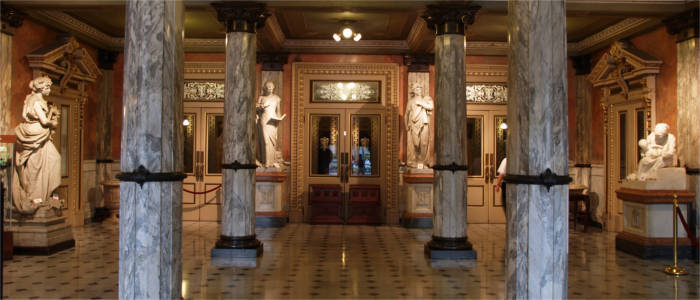
Experience - Relaxation in the tropical forest
The favourite national dish of the ticos is called "casado" and refers to a dish made of fried black beans, onions and rice. It is served in a number of versions at any time of the day. Popular sides are fried plantains, sweet fruit and tortillas. The country's cuisine is a mix of the Mexican and the Creole cuisine with influences from the Caribbean. A special experience for every visitor are the refreshing pipas. These coconuts are opened with a machete at the beach and then drunk using a straw. You should also not miss out on a visit to a coffee finca. In Heredia, the coffee tradition from the 19th century is still alive in the old coffee factory. Living in accordance with nature plays a major role in Costa Rica. That is why the Costa Ricans invest a lot in ecologically compatible holidays. Some lodges are located in the middle of the jungle and allow visitors to experience the country's nature at first hand. This is a great way for stressed city dwellers to unwind and relax in a hammock. You will probably meet some forest animals during your stay.
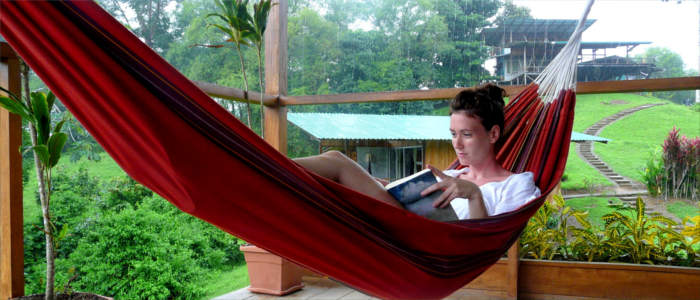
Activities - At dizzy heights
The thick jungle is a great destination for exciting active holidays. The national parks are well-developed and offer countless stunning circular paths, which are also suited for young travellers. If you feel reminded of Tarzan's adventure at the sight of all the green trees, you should go zip-lining and swing from tree to tree. Water also plays an important role here. With the Pacific Ocean and the Caribbean Sea right on the doorstep, it is not difficult to find a suitable bathing location. There are wonderful beaches at both sides of the country. Surfers call the area between Santa Terese and Mal País their own. A boat trip through the tropical landscape of Tortuguero is a great way of discovering the country's natural beauty and definitely a memorable experience.
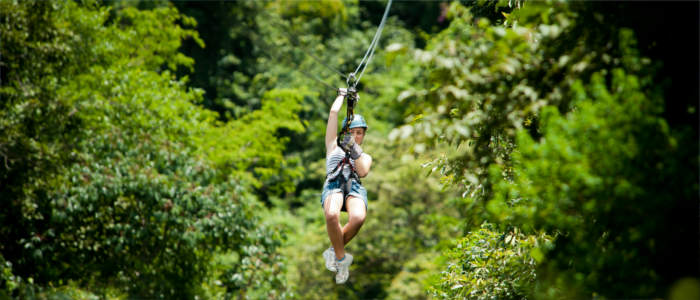
Information
The dry period from May to October is a better time for holidays than the rainy season. Travellers should note that heavy showers of rain may occur at the Caribbean coast at any time of the year. So, if you are planning holidays at the seaside, the Pacific coast is a more suitable destination. Spanish is the official and most commonly spoken language in Costa Rica. However, the country's Spanish differs from Standard (Castilian) Spanish. "Pura vida" is one of the typical Costa Rican expression and means "pure life".
Sustainable travelling, holidays in nature and relaxation are the most popular forms of tourism in Costa Rica. Visitors who want to live in accordance with nature and experience life in the jungle make themselves at home in the comfortable eco lodges and leave stressful everyday life behind.

